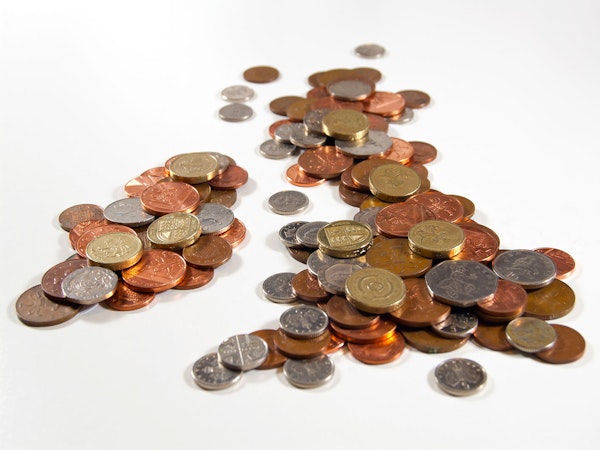The Autumn Budget – taxed and spent
After already increasing taxes by £42 billion a year in 2021, the main focus of Chancellor Rishi Sunak’s Autumn Budget was on spending.

The first Autumn Budget in three years – and Mr Sunak’s third in less than 20 months – featured no significant increases in tax. The task of raising extra revenue had already been dealt with earlier in the year, with a range of measures, including allowance freezes and increased corporation tax.
The Budget’s main highlights on the personal front were:
- There were no changes to inheritance tax and only one technical administrative change to capital gains tax. Both capital taxes had been the subject of extensive reports from the Office for Tax Simplification, so the Chancellor may have abandoned ideas of reform for the short term.
- A change to pension tax relief was announced, but not the one some had feared. It involved a potential increase in relief for low earners from 2024/25.
- The increases to National Insurance Contributions and dividend tax, announced alongside the NHS/Social Care package in September, were confirmed and will start to take effect from April 2022.
- The income tax personal allowance and higher rate threshold (outside Scotland) were left frozen, despite higher inflation effectively making the freeze a greater tax increase.
- The main ISA contribution limit was frozen at the £20,000 level originally set in April 2017.
- The increase to the new and old state pension will be in line with inflation to September 2021 (3.1%) rather than the Triple Lock, saving the Treasury (and costing current and future pensioners) over £5 billion a year.
Although the Chancellor said in his speech, “My goal is to reduce taxes”, this will not happen next year. It is not too early to start thinking how you might start cutting tax through year-end tax planning.


